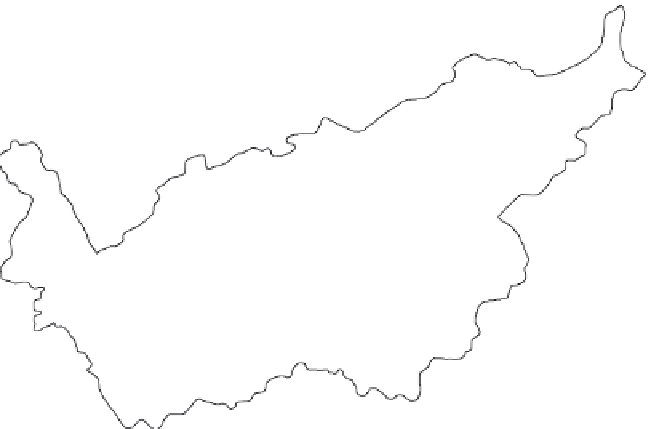Environmental Engineering Reference
In-Depth Information
Section 10.5.2), you really need to know just how they make use of the landscape
at large.
It is one thing to decide where to release vultures or how to manage farmland for
the benefi t of hares, but quite another to work out how to implement and fi nance
the management recommendations. Such decisions will sometimes be made by
government conservation agencies on the basis of expert advice and available funds,
and without reference to public opinion or desires. In other situations, voluntary
agreements with landowners may be suffi cient. Where more persuasion is needed,
government subsidies may be used to encourage people to act in appropriate ways.
In further cases, sociological and economic instruments may be used to gauge the
public's readiness to pay for conservation gains. Management of forest in Oregon,
USA, provides a case in point (Section 10.5.3). Section 10.5.4 describes how even
the landscapes of cities contain considerable biodiversity that is well worth
protecting.
10.5.1
Reintroduction
of vultures - what a
carrion
Bearded vultures (
Gypaetus
barbatus
), which became extinct in the European Alps
a century ago, have been the focus of a reintroduction program since 1986. Captive-
reared individuals were released at four widely dispersed locations in the Alps from
where they spread to new areas. Hirzel et al. (2004) performed niche analyses (like
those discussed in Box 2.1) based on sightings in the Valais region of Switzerland
(not one of the original release sites). They contrasted the period 1987-94, when
mainly immature birds were in a so-called 'prospecting' phase, with 1995-2001
when sightings were of subadults in a 'settling' phase (Figure 10.10). During the
prospecting phase the most important variable explaining bearded vulture distribu-
tion was the biomass of ibex (
Capra
ibex
), whose carcases are an important resource.
During the settling phase, by contrast, the presence of vultures correlated with the
distribution of craggy limestone zones. These provide protected nest sites, ideal
Fig.
10.10
Map of the
study area in the Valais
region of Switzerland,
showing 1-km squares
with bearded vulture
sightings during the
juvenile 'prospecting'
phase (1987-94 - black
squares) and the adult
settling phase (1995-
2001 - white circles).
(After Hirzel et al.,
2004.)
Finsteraarhorn
4274 m
N
Lake of Geneva
372 m
10 km
Matterhorn
4479 m
Monte Rosa
4634 m
Mont Blanc
4807 m

























































































































































































































Search WWH ::

Custom Search